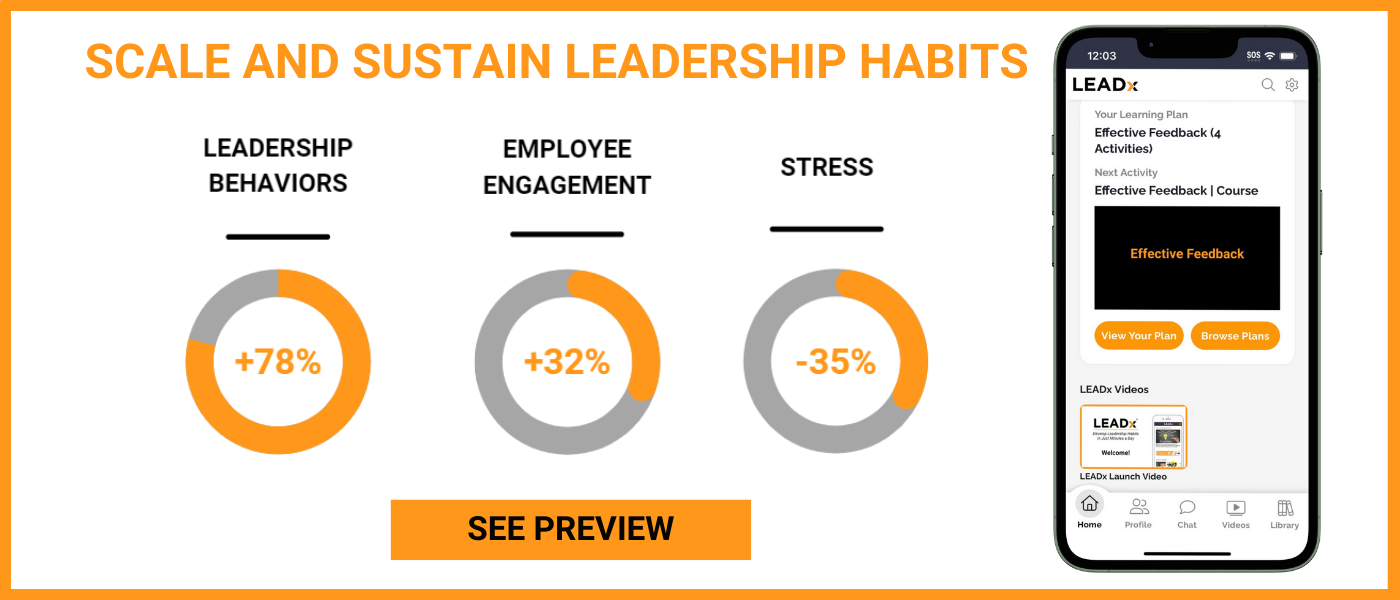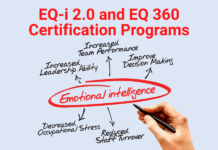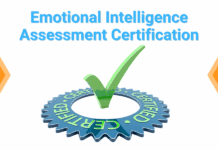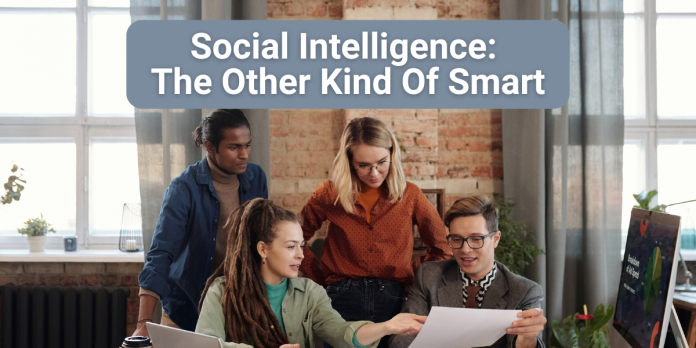
Just seeing your boss pass you in the hall with a frown can completely, and chemically, alter your mood. Your boss’s emotion acts like Wi-Fi, and your boss like the modem, casting their emotion onto you and your team. This effect is called emotional contagion. And it’s just one of many examples of how our brain is wired to feel and connect with others. Social intelligence (SQ) is our ability to use this wiring to live happier, healthier, and more successful lives.
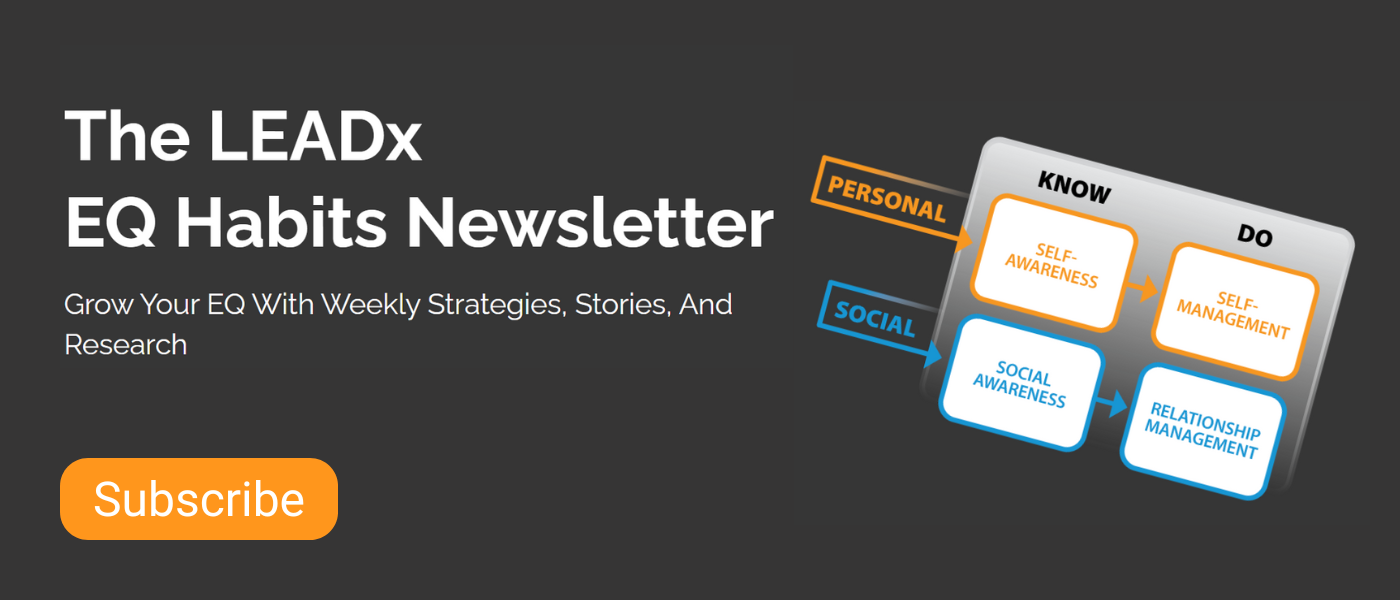 But as Daniel Goleman writes in his book Social Intelligence, in a society that puts too much emphasis on individualism, the power of the social brain often gets suppressed and overlooked. Collaboration gets pegged as:
But as Daniel Goleman writes in his book Social Intelligence, in a society that puts too much emphasis on individualism, the power of the social brain often gets suppressed and overlooked. Collaboration gets pegged as:
- a waste of time (pulls people away from focused, individual work)
- a way to get slow people up to speed at the expense of fast people
- fluffy and touchy-feely
The brain science tells a different story. Since your brain is already wired to connect, leaning into that tendency offers multiplicative potential. The social brain is like an un-pulled lever. This article covers four ways you can grow your social intelligence (and pull that lever!).
1. You Can Combine Lifetime Specialties
The social brain allows us to burrow into a specialty then tie it to someone else’s specialty:
- A brain surgeon works with a plastic surgeon. The neurosurgeon removes the tumor. The plastic surgeon reconstructs the face and the scalp. Each surgeon devoted their career to their portion. Neither could do the work of the other.
- A scientist teams up with a renowned ghostwriter to present her research in a way that’s digestible and engaging.
- An architect designs a visually stunning and functional building, and a structural engineer ensures the design can safely stand.
As the legendary producer Rick Rubin puts it, “What comes from collaboration is unexpected. Someone decided to put in a part you would have never thought of. The way those two parts bounce off one another creates something new, a third thing.”
Individual work and specialization rely on the idea that you can combine those specialties.
2. You Can Trigger Exponential Learning Gains
One of my most transformative classes in high school was AP European History. Not for my teacher or for the subject matter (both were great), but for another student in my class. We’ll call her Leeanne.
Leeanne may have been a social intelligence genius, at least when it came to studying. She really knew how to study. She’d gather a group of five students and sit us down at a circular table in the library for an intensive study hour. We ran through the textbook page by page using the following process:
- One person came up with a test question based on their annotations.
- The person to their left attempted to answer the question.
- The table opened up to the group. People jumped in with corrections and elaborations.
- The next person would go.
The energy and momentum generated by the rapid-fire, around the circle studying were contagious. We’d often get so intense that the librarian would have to come quiet us down. It was propulsive, unlike anything I could generate studying alone in my room.
This idea that collaborative learning is a propulsive force is much more than a theory based on my nerdy friends. There’s ample research to back it up. Research on students working in small groups (cooperative learning) shows:
- increased motivation and persistence
- more positive attitudes
- faster work
- better memory of what they learned
- higher average achievement.
3. You Can Literally Share Your Pain to Lessen It.
Emotional pain is a bit like lifting a bulky, heavy table. Alone, you struggle to get your arms around it. And if you do manage to grasp the table, you then find yourself struggling to bear the weight. With a second person gripping the other side of the table, it becomes not just half as easy; but exponentially easier. You get a better grip and bear less weight. Research shows that emotional pain is a lot like a bulky table. We can share our emotional load to lessen it.
In 2013, researchers at University of Wisconsin put people in MRI machines and threatened to shock them at random. There were three groups of participants:
1/ People who were alone.
2/ People who held the hand of a stranger.
3/ People who held the hand of a loved one.
The researchers measured fear activity in each person’s brain. And they found something incredible in the third group. Participants’ brains were much less active. They could literally outsource their fear to their loved ones.
4. You Can Work with a Mentor to Accelerate Your Growth
Socrates mentored Plato who mentored Aristotle. The poet Ezra Pound mentored T.S. Eliot who mentored W.H. Auden.
Author Robert Greene who writes extensively about “mastery,” explained the importance of a mentor in a recent interview saying, “We learn by observing other people. That goes back millions of years when we first learned how to make a tool.” By observing the way a mentor does things, by having them show you your areas for improvement, you can accelerate your learning.
So why then have mentorships seemed to become less and less popular? Greene says this is because of our fear of vulnerability. “To be able to put yourselves in the hands of a mentor requires some humility, to realize, ‘I’m inferior, I need the knowledge of someone superior,’” Greene explains.
Social Intelligence Is A Lever
I’m not one to believe in “shortcuts” or “silver bullets.” I’m more of the mindset that “the harder you work, the luckier you get.” But, I do believe in the concept of a lever—something you can pull that will speed up your system and increase efficiency. In the working world and in life in general, social intelligence continues to be under-used and underlooked. It’s a lever waiting to be pulled. So, pick one or two of these strategies and start pulling that lever.


